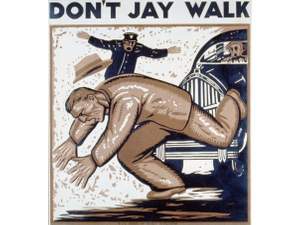NYT Op-Ed: The 'Skeeviness' of the 1990s Is Alive in 2017
Skeevy was among our top lookups on September 1st, 2017, as scads of readers of The New York Times scuttled in search of a dictionary after a writer for that publication used the word skeeviness (“the quality of being skeevy”) in an opinion piece.
Had America not absorbed the sheer skeeviness of that decade, how else would it have become comfortable electing a thrice-married man who ran beauty contests and graced casinos, one of them with a strip club, with his name — a man accused of a string of unwanted sexual advances and assaults (all of which he denied)?
—David Friend, The New York Times, 1 Sept. 2017
We define skeevy as “morally or physically repulsive,” and categorize it as a slang term. The word is a fairly recent addition to our language stable of opprobrious terms, with our earliest evidence currently coming from 1976. It is believed to have come into English from the Italian words schifo (“disgust”) and schifare (“to sicken, disgust”).
Oddly enough, there was a type of light, open-backed slipper found in certain southern states of the US in the 1940s and 1950s, which were referred to as “skeevies.” The skeevies you put on your feet are not thought to be connected, semantically or otherwise, to the skeeviness referenced in The New York Times.
This use of the word marks the only time the Times has employed skeeviness in its print version, and the first time the word has been used by the paper since it appeared in an online format in early 2008.
But by the end, the warm, gooey center won everybody over and the film’s early skeeviness, at least as family fare, was forgotten.
—The Bagger, The New York Times (blog), 3 Jan. 2008








